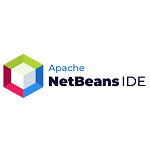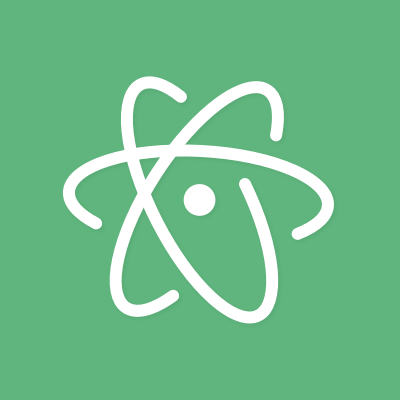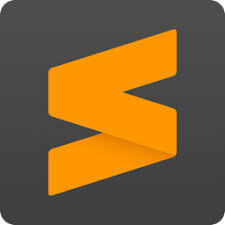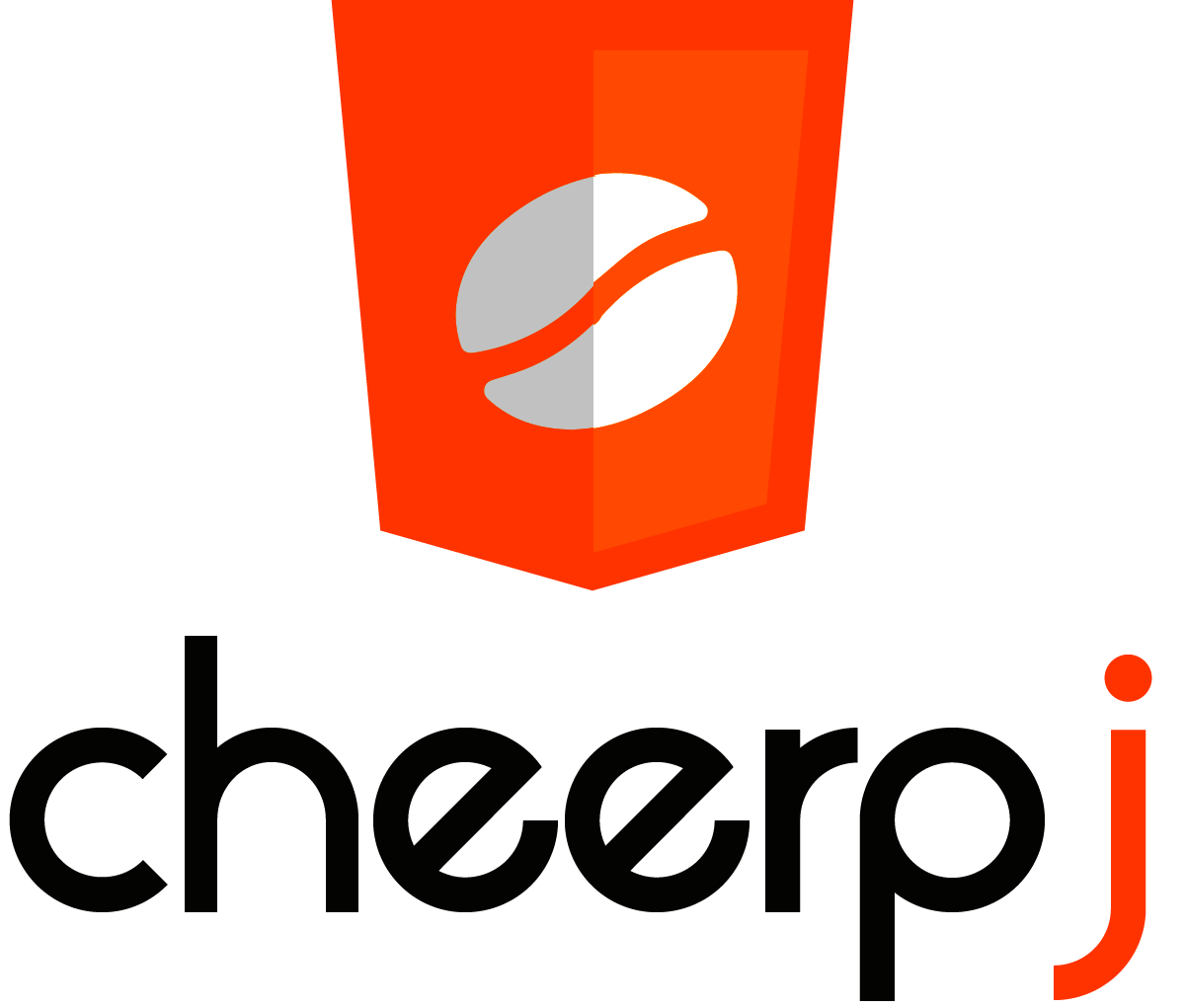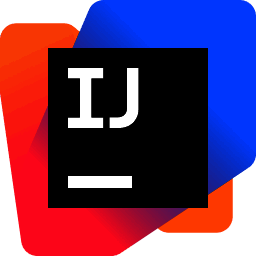What Is Programming Software?
Programming software, often known as development software or coding software, is a collection of programs and tools for creating, revising, and debugging computer programs. It is intended to simplify and streamline the process of writing code for software and apps. At its heart, programming software provides a workspace and environment for developers to create code, test it, and ultimately compile it into a working program.
This includes capabilities like code editors, debuggers, and compilers, as well as graphical interfaces and project management tools to help you organize and track your projects. One of the primary benefits of utilizing programming software is the ability to handle multiple programming languages. This enables developers to select the most appropriate language for their project while working in a comfortable and efficient environment.
Furthermore, the software frequently includes a library of pre-written code and templates that can be used to save time and effort in the development process. When shopping for programming software, there are a few important things to consider. To begin, you must ensure compatibility with the programming language(s) you will be utilizing. It's also crucial to seek for a user-friendly interface, as well as extra features like code debugging and collaboration. Another crucial consideration is cost, which can vary substantially between different software alternatives.
What Are The Recent Trends In Programming Software?
Programming software has evolved and adapted to meet the demands of a rapidly changing technological context.
Let's explore, we'll go over the latest developments in programming software and how they can influence your purchase decision.
1. Cloud-Based Solutions: One of the most significant changes in programming software is the transition to cloud-based solutions. With the advent of remote work and the necessity for seamless collaboration, programming software is increasingly being offered as a cloud service. This enables teams to access and collaborate on projects from any location, making it a popular choice among enterprises.
2. Low-Code/No-Code Development: Another growing trend is the adoption of low-code or no-code development platforms. These technologies enable users to construct applications with little coding experience, dramatically lowering development time and cost. This trend is likely to continue as more firms seek ways to improve efficiency and automate procedures.
3. Artificial Intelligence (AI): AI is making its way into the programming world, allowing developers to add intelligent capabilities to their apps. AI-powered coding assistants can offer solutions, debug mistakes, and even write code, saving time and effort during software development.
4. Containerization: Containerization, also known as Dockerization, is popular among developers because it simplifies application deployment and scaling. Individual code components are bundled into containers, making them portable and reproducible.
5. Integration With DevOps: DevOps, the concept of merging software development and IT operations, has become critical to the success of software development teams. As a result, programming software is increasingly merging with DevOps technologies to expedite the development process and increase project delivery.
6. Increased Focus On Security: As cyber dangers have increased, programming software has begun to incorporate advanced security measures to protect against vulnerabilities. Security has emerged as an important selling factor for many programming applications, with built-in code analysis tools and automatic vulnerability scans.
7. Emphasis On User Experience (UX): UX has become an important component of software development, and many programming tools now include capabilities that improve the user experience. Developers now have access to a more user-friendly and straightforward working environment, with customisable interfaces and drag-and-drop possibilities.
Benefits Of Using Programming Software
Programming software is an indispensable resource for developers, programmers, and coding enthusiasts. It provides a framework for writing, testing, and debugging code, making the development process more efficient and productive.
Let's explore, we'll go over the many advantages of using programming software to help you make an informed purchase.
1. Simplifies Coding Process: One of the most significant benefits of using programming software is that it streamlines the coding process. Auto-completion, syntax highlighting, and code formatting are among the features that serve to reduce the time and effort required for coding. This enables developers to concentrate on the logic and functioning of their application rather than being bogged down by routine duties.
2. Increases Efficiency: Programming software has a variety of tools and libraries, making it easier to develop complex programs. These tools aid in automating monotonous processes, troubleshooting mistakes, and optimizing code for increased performance. This, in turn, improves the overall efficiency of the development process, enabling engineers to create high-quality software in less time.
3. Supports Numerous Programming Languages: Another benefit of using programming software is that it may handle numerous programming languages. Whether you're creating a website using HTML, a desktop application with Java, or a mobile app with Swift, programming software provides a variety of language options to meet your needs. This makes it a useful tool for programmers working on a variety of projects.
4. Provides Teamwork Features: In today's fast-paced environment, teamwork is essential to the success of any project. Collaboration capabilities in programming software include code merging, version control, and remote access, which make it easier for teams to work together on a project. This guarantees that everyone is on the same page, reducing the likelihood of code errors and disagreements.
5. Provides A Testing Environment: Finding and correcting errors in code can be a time-consuming and difficult process. However, programming software offers a testing environment in which you can execute and debug your code, making it easier to find and correct issues. This aids in the creation of error-free and functioning code, lowering the likelihood of defects and crashes in the finished result.
Important Factors To Consider While Purchasing Programming Software?
When it comes to choosing programming software, various variables must be examined in order to make an informed decision. As a professional content writer, I realize how important it is to provide buyers with concise, clear, and informative information.
Let's explore, I'll go over everything you need to know to make an informed purchase.
1. Purpose And Functionality: The software's purpose and functionality are the most important factors to examine. Different programming software caters to different needs, thus it is critical to establish your requirements and select the software that best meets them.
2. Ease Of Use: Because programming software might differ in terms of usability, it is critical to assess how simple it is to navigate and use. Look for software with a user-friendly interface and intuitive design to make your programming experience easier and more efficient.
3. Programming Language Support: Ensure that the software supports the programming languages that you are familiar with or want to use in the future. Language support can improve the convenience and efficiency of your coding process.
4. Compatibility: When acquiring programming software, make sure it is compatible with your computer's operating system. Some software may only operate on certain operating systems, so check before purchasing.
5. Features And Tools: Evaluate the software's capabilities and tools. To improve your programming process, look for key features such as debuggers, code completion, and integrated development environments (IDE).
6. Support And Updates: Because programming software is always evolving, it is critical to investigate the support and update choices offered by the software business. Look for software that provides frequent upgrades and has a dependable customer support system in case of any technical problems.
7. Pricing: While cost should not be the main determining factor, it is critical to analyze the software's pricing before making a purchase. Some software may provide free trials or open-source options, but others may demand a membership or a one-time payment.
8. User Reviews And Ratings: Before making a purchase, read user reviews and ratings for the software. This can provide insights into other users' experiences, allowing you to make an informed decision.
By taking these crucial criteria into account, you may select programming software that is tailored to your individual requirements and budget. Keep in mind that the correct software can significantly improve your coding experience and overall efficiency.
What Are The Key Features To Look For In Programming Software?
When searching for the best programming software, there are numerous crucial elements to consider to ensure that you make the greatest buying selection for your requirements.
These features will not only help you write more efficient and high-quality code, but they will also enhance your whole coding experience.
1. User-Friendly Interface: The first characteristic to look for in programming software is a user-friendly interface. This will make it easier to explore the software and access its capabilities without being lost in a complex and confusing interface. Look for a clean, straightforward interface that is simple to use, especially for beginners.
2. Code Editing And Debugging Tools: A decent programming environment should have a comprehensive collection of code editing and debugging tools. This allows you to efficiently write and edit code, as well as find and correct problems or defects. Look for tools like code autocomplete, syntax highlighting, and built-in debuggers to make your coding experience more efficient.
3. Support For Multiple Programming Languages: Depending on your project requirements, you may need to work with a variety of programming languages. Look for programming software that supports different languages so that you are not restricted in your coding abilities. This will also offer you the freedom to learn and use different programming languages in the future.
4. Collaboration And Version Control: Are you working on a project with a team? Look for programming software that includes collaboration and version control tools. These enable you to collaborate on the same code with others, track changes made by team members, and revert to prior versions as needed. This is especially critical for large projects and remote workers.
5. Libraries And Frameworks: A good programming software should also give you access to libraries and frameworks that contain pre-written code for common tasks. This will save you time and effort while developing code from scratch. Look for software that includes popular libraries and frameworks for the programming language you're using.
6. Cross-Platform Compatibility: If you operate with multiple devices or switch between operating systems, cross-platform compatibility is essential. To guarantee that your coding tasks go smoothly, look for programming software that is compatible with all main operating systems, including Windows, Mac, and Linux.
7. Regular Updates And Support: Technology, including programming software, is always improving. Look for software that provides regular updates and support to keep up with the newest improvements and issue patches. This ensures that you have the appropriate tools for your coding requirements.
When shopping for programming software, consider these crucial qualities to help you make an informed selection and choose the finest software for your coding projects. Remember that the correct software can make all the difference in producing high-quality code quickly.
Why Do Businesses Need Programming Software?
Programming software is a crucial tool for all enterprises, regardless of industry or size. This program enables organizations to write, change, and manage the code that power their websites, applications, and other digital goods. It is the foundation of modern technology and is vital to the success of any organization operating in today's digital landscape. First and foremost, programming software allows firms to create custom solutions that are tailored to their individual requirements.
Businesses can use this flexibility and customization to create unique software or applications that fit their operations and processes. Unlike off-the-shelf software, programming software enables organizations to develop and construct software that meets their specific needs, giving them a competitive advantage in the market. Furthermore, programming software improves corporate efficiency and productivity.
Businesses can use a variety of tools and features to automate repetitive activities, streamline workflows, and decrease manual errors. This not only saves time, but also eliminates the possibility of human error, allowing employees to focus on more important responsibilities. Furthermore, programming software allows firms to keep up with the latest technology and market trends.
Businesses must regularly update and upgrade their software to stay competitive in an ever-changing technological landscape. Programming software makes it easier for firms to adapt and integrate new features, ensuring that they remain relevant and competitive in their marketplaces. Furthermore, programming software helps organizations get better control and administration over their digital products.It enables easy team collaboration, version control, and bug tracking, making massive projects more manageable.
This level of control and organization helps to improve project management and, eventually, project success. Finally, programming software enhances cost-effectiveness in business. Businesses can save money by designing and developing their own software instead of acquiring pricey commercial software. This makes it an excellent option for start-ups and small businesses with limited resources.
How Much Time Is Required To Implement Programming Software?
When it comes to implementing programming software, the length of time required varies substantially depending on the circumstances. These criteria may include the complexity of the software, the size of your team, and the level of customisation required for your particular project. In general, the implementation period can range from a few weeks to several months.
To begin, schedule time for training and familiarizing yourself and your team with the software. This can entail studying the software's capabilities and functions, comprehending its coding language, and becoming an expert in its use. The length of time required for this stage varies depending on your team's prior experience and competence. Next, you'll need to set up time to customize the software to meet your individual project or business requirements.
This can entail establishing templates, workflows, and integrating any required third-party technologies. The time necessary for this phase varies based on the extent of customization and the intricacy of your project. Furthermore, the implementation phase may include testing and debugging to confirm that the software is functional and meets your needs.
This stage is critical since it can assist identify and resolve any potential problems before actually starting the software. It is critical to understand that the time spent implementing programming software is not a one-time event. The program may require regular upgrades and maintenance, which can affect the time required for implementation.
What Is The Level Of Customization Available In Programming Software?
The level of customisation offered with programming software can have a significant impact on a developer's experience and productivity. Different software alternatives provide varying levels of customization, so purchasers should understand the extent of modification available before making a purchasing decision. Programming software is fundamentally intended to let users write and edit code efficiently.
However, some software goes beyond this basic function by offering a wide range of customizing choices. These enable developers to customize their programming environment based on their preferences and working style. Customization in programming software includes the ability to build customizable toolbars, menus, and keyboard shortcuts. This feature provides users with quick and easy access to frequently used functions, saving time and effort during the coding process.
Some software allows you to alter the layout and design of the coding interface, making it more visually appealing and user-friendly. Furthermore, advanced customization features enable developers to design and utilize bespoke plugins and extensions. This allows users to add new features and functionalities to their program, expanding its capabilities and tailoring it to their individual requirements.
Furthermore, some programming tools allows you to create custom code templates, which saves time and improves code structure consistency. Another key component of programming software customisation is the ability to select and integrate several programming languages and frameworks. This feature enables developers to work with the languages they are most comfortable with, increasing the software's versatility and adaptability to various coding projects.
Overall, the level of flexibility provided in programming tools has a significant impact on a developer's experience and productivity. Buyers must evaluate this element while comparing different software options to guarantee they have the appropriate tools and flexibility to match their coding requirements.
Which Industries Can Benefit The Most From Programming Software?
In today's modern world, technology is critical in propelling organizations forward. And at the heart of technology is programming software, a strong tool that enables firms to automate operations, create unique apps, and increase overall productivity.
Whether you work in finance, healthcare, manufacturing, or another field, programming software can significantly improve your operations.
1. Information Technology (IT): As expected, the IT industry is a major beneficiary of programming software. From generating websites and mobile applications to developing sophisticated software systems, programming software equips IT professionals with the tools they need to expedite their work and provide high-quality goods to clients.
2. Finance: The finance business is significantly reliant on data processing and analysis. Financial organizations can use programming tools to create applications and algorithms that automate operations like financial modeling, risk analysis, and fraud detection, resulting in faster and more accurate outcomes.
3. Manufacturing: In the manufacturing industry, programming software can be used to operate and monitor machinery, automate production processes, and improve inventory management. This not only improves efficiency but also minimizes the margin for mistake, resulting in cost savings.
4. Healthcare: The healthcare business reaps significant benefits from programming software as electronic health records and patient data management become more prevalent. It helps healthcare practitioners to create personalized applications for patient care, data analysis, and medical research, resulting in better patient outcomes.
5. Education: Programming software is used in education to teach coding languages as well as to create interactive learning materials and applications. With the growing need for digital learning, schools and institutions can use programming tools to stay current with the ever-changing educational landscape.
6. E-Commerce: In the highly competitive world of e-commerce, any advantage that might increase sales and improve customer experience is critical. Programming software enables organizations to design and personalize their online platforms, improve security, and combine many systems to provide a smooth end-to-end experience.
Conclusion
To summarize, purchasing programming software can be a stressful task due to the enormous number of possibilities. However, with careful investigation and consideration of your individual requirements, you can locate the ideal software for your programming projects. Some important aspects to consider while making your decision are the programming language you will use, the software's platform compatibility, programming tools and capabilities, and pricing.
Furthermore, before making a purchase, examine the software company's level of support and customer service, as well as any available free trials or demonstrations to try the product. Remember to consider your future requirements and scalability, as your programming skills and projects may improve over time.
We hope our buyer's guide has given you useful information and considerations to help you make an informed selection when choosing programming software. With the correct software, you may improve your coding skills and streamline your programming projects to achieve a more efficient and successful result.


